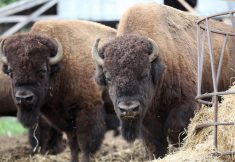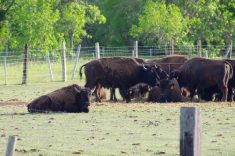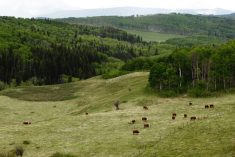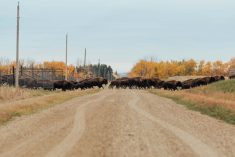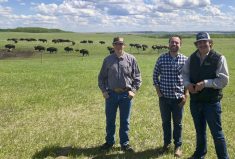There has never been more fresh or frozen Canadian bison meat available at supermarkets.
It’s a silver lining that came about because of the chaos caused by COVID-19.
“Those folks who are involved in federally inspected plants and slaughtering in the U.S. and bringing the product up here, they have been able to identify opportunities in the marketplace,” said Terry Kremeniuk, executive director of the Canadian Bison Association.
“Some of that has been driven by the onset of the pandemic — when you saw empty shelves. Bison was part of the meat shelf and it was gone, too.
Read Also
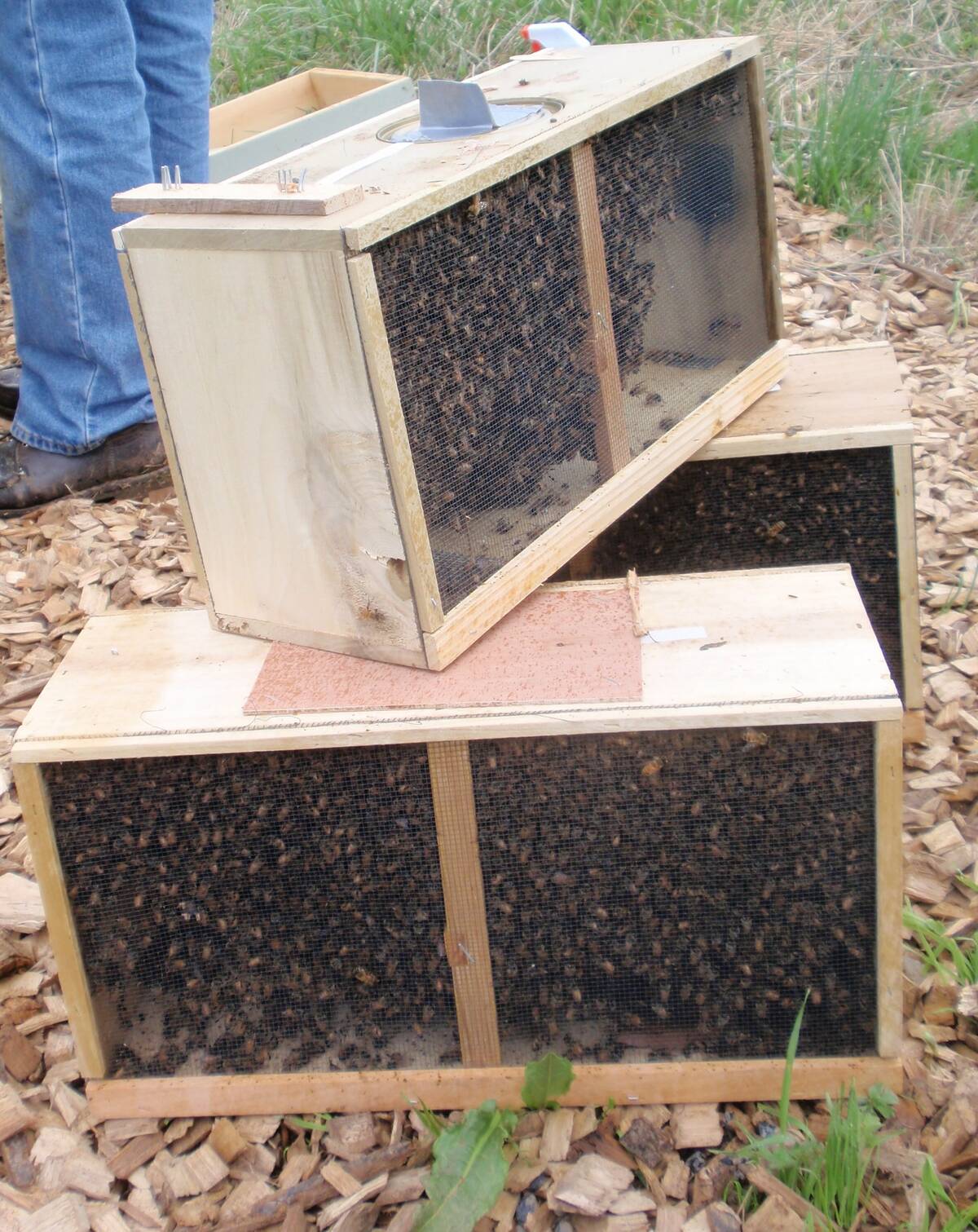
Canadian beekeepers call for regulatory accountability
Beekeepers say the Canadian Food Inspection Agency should restore U.S. packaged bee shipments, claiming the agency isn’t following evidence.
“People took the opportunity to try it, and they were very encouraged by what they were able to taste.”
Producers who sell bison at farmers’ markets and at the farm gate have also seen their business increase substantially, said Kremeniuk.
The arrival of the pandemic hit bison meat exports to Europe hard, with prices falling substantially. That prompted many to look for new markets “so they went to the local marketplace.”
“Now you can get fresh bison at Costco, Sobeys, IGA, Safeway and Co-op stores,” he said. “People being made more aware of the fact that there is bison out there has been helpful.
“With the restaurant trade opening somewhat, you’re going to see more and more of that marketplace serve bison, I expect. It’s a combination of a number of things that will add to the demand for product.”
Prices have been relatively stable and are about the same as they were a year ago.
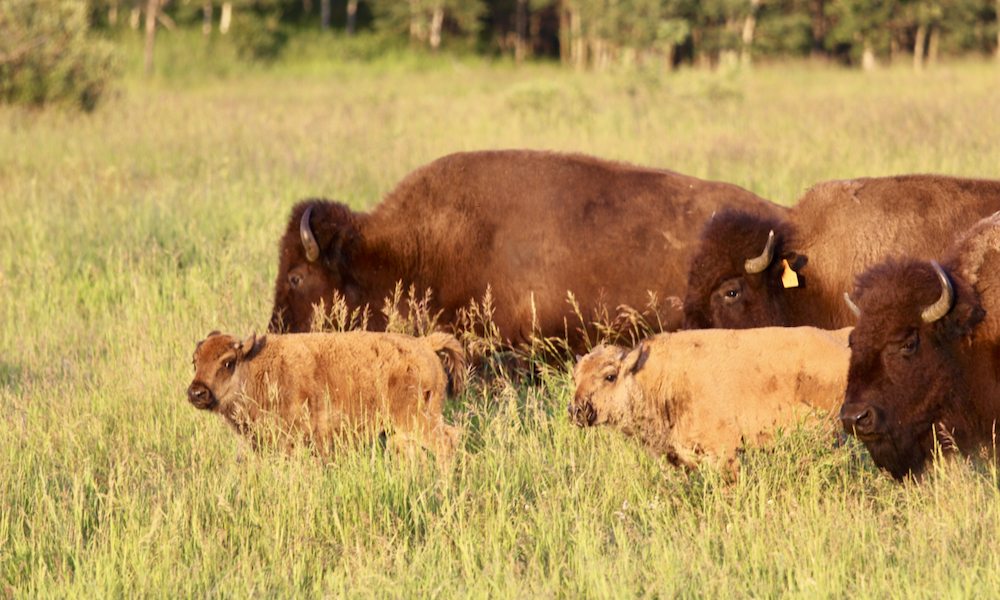
However, federal slaughter has increased by 16 per cent from federal plants, and there’s been almost a 20 per cent increase at provincial plants, said Kremeniuk.
“Slaughtering is happening. The challenge is that in some cases, in the Canadian marketplace, you can’t get them slaughtered without having them scheduled. Sometimes the schedule of the slaughter isn’t compatible with the market.”
The U.S. is a major buyer of Canadian bison, but that market was fairly stable last year and exports have increased by eight per cent since 2020.
At the start of the pandemic, the European market for bison was affected because of the cost of transportation and because of shutdowns in the restaurant sector.
“Now that marketplace is opening a bit, that’s a positive sign,” said Kremeniuk.
Bison exports to the European market never stopped, and because the meat is shipped by air, shipments haven’t been disrupted like they have been for those ag markets relying on ocean freight containers (which are in chronically short supply).
“Volumes were down substantially, but they were still wanting to keep that market open,” he said. “Once you shut down a market, it costs a lot of money to regain the folks in the marketplace. Sales seem to be moving up.”
Things are improved enough that the Canadian Bison Association sent marketing reps to Anuga, an international food fair in Cologne, Germany this month.
But while the marketing side has provided some good news, the production side has, like other livestock sectors, been hit hard by the drought. Since the fall run for the bison calf market starts a little later than the one for the beef industry, it’s not yet clear how much downsizing will occur.
“With the consequences of the drought and the resulting higher feed costs, there’s an expectation that there will be downward pressure on calf prices,” said Kremeniuk. “I expect there will be some demand in the Canadian marketplace, as well as the American marketplace for calves, but the cost of feed is going to discourage people from getting premium prices.”
Both the sector will adjust, he added.
“We’ve heard people say that the livestock herd is going to decrease because of the lack of feed and the like,” said Kremeniuk. “That’s going to happen in the cattle industry, that’s going to happen in the bison industry.
“The difference between the cattle and the bison industry is there is more liquidity in the cattle industry. There is always a home for the animals people want to slaughter. That is not necessarily the case for the bison industry.”
South of the border, more culled bison cows are going to market, which limits demand from American buyers.
“The marketplace is going to have to adjust. The supply chain is going to be different at the end of the year than it was last year and a lot of that is driven by the drought.”
Rains in August and September were welcomed by bison producers and have helped extend their pasture season, said Kremeniuk.
“When you look at the consequences of COVID-19 and the changes in the marketplace and the adjustments in the supply chain, and what have you, when it came to June this year, there was a fair bit of optimism,” he said.
“The drought dampened the optimism. But having said that, the bison industry has a bright future. The people who have made it over the hurdles that they faced, they’ll be rewarded for their risk and their tenacity.”




